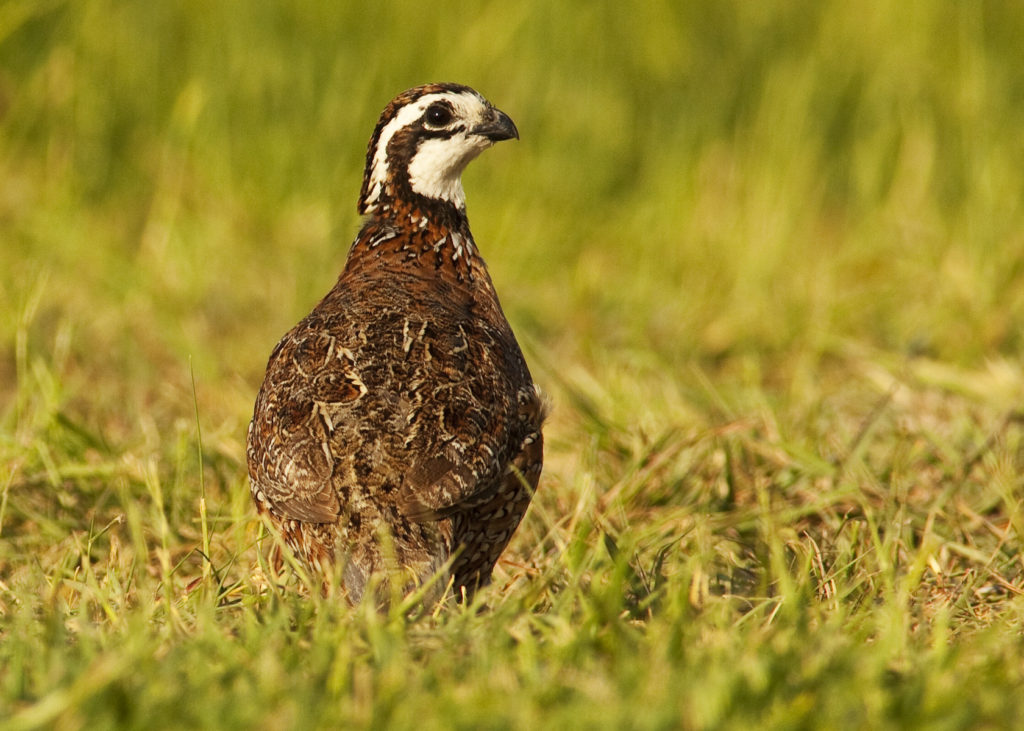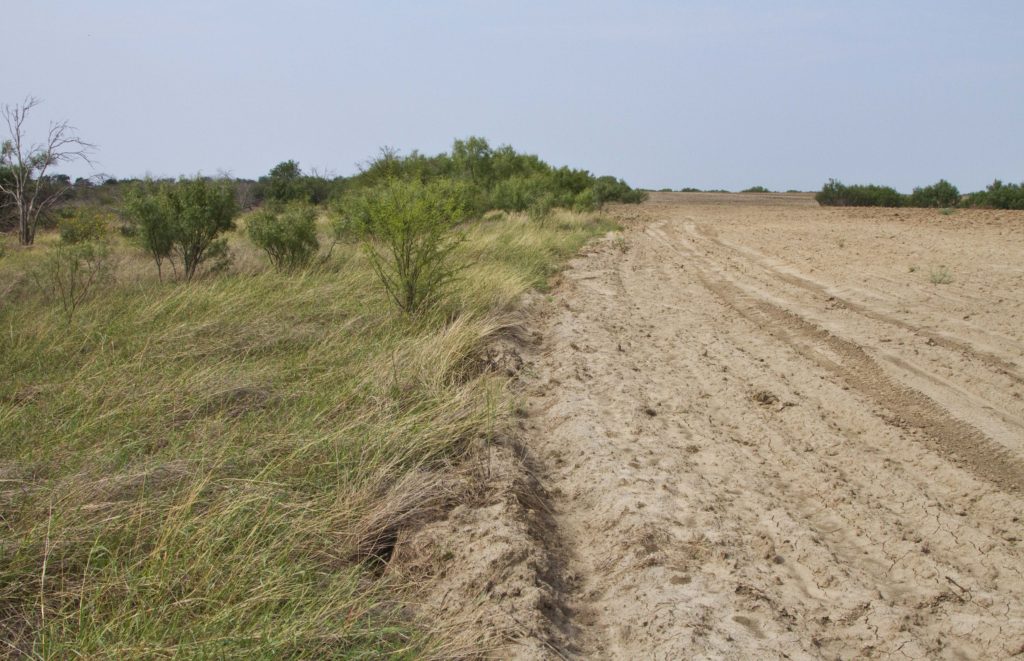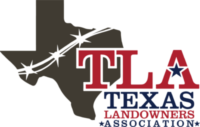
Bobwhite Quail in Texas – Restoring habitat in South Texas
Restoring Northern Bobwhite Habitat – A South Texas Example
Why Quail Populations Began to Decline in Texas
Old world bluestems and buffelgrass were brought from Africa and Asia to Texas during the 20th century to increase forage for livestock and to control erosion and improve watershed quality. The ecological effects of these grasses were unknown at the time they were introduced. Only in recent years have we begun to realize that these grasses may degrade wildlife habitat.
We have found that, in south Texas, northern bobwhite densities can be reduced by up to 50% where African grasses dominate compared to areas dominated by native grasses. This is particularly bad news because south Texas is one of the few places in the United States that supports relatively stable populations of wild bobwhites. South Texas is one of the last great places for wild northern bobwhites.

The recent recognition of south Texas as a National Legacy Landscape for Northern Bobwhite Conservation by the National Bobwhite Conservation Initiative underscores this point. This Legacy Landscape designation recognizes the enormous community of dedicated and responsible landowners, resource managers, researchers and quail hunters in south Texas who have worked to conserve northern bobwhite populations and habitat for more than half a century (see http://www.ckwri.tamuk.edu/ for more information).
Invasion of non-native grasses is a serious threat to conservation of Bobwhite Quail in south Texas. In addition to reducing quail populations, these grasses spread rapidly and replace native forbs and grasses in areas where they were not planted. Pastures dominated by these non-native grasses have less open space for quail to forage in, and fewer insects and seeds for quail to eat.
We must find ways to reduce the loss of bobwhite habitat for future generations of Texans to enjoy covey calls on a morning’s outing, or to experience the thrill of a covey explosively flushing out of the brush. Recovery of bobwhite populations in areas where habitat has been lost through invasion or planting of non-native grasses will depend in part on our ability to restore areas back to native habitat. Native grass and shrub communities are crucial for persistence of quail populations because they provide vital habitat components such as food and nesting cover. Invasion of exotic grasses often results in habitat fragmentation, a process where areas of suitable habitat become separated from other areas of habitat. Over time, fragmentation may result in loss of quail populations. Restoring native plants in strategically located corridors may reconnect areas of good habitat and help to reestablish quail populations.
Methods for establishing native plants have been well researched. Most of this work, however, has fallen short of providing a roadmap for restoring bobwhite habitat. This is because previous research has focused on how to grow native plants rather than on how to provide components of bobwhite habitat such as cover and nesting sites. The restored landscape must provide the habitat needs of bobwhites for it to support sustained bobwhite populations.
If you want even more information on this subject, check out another one of our articles on Managing for Bobwhite Quail in Texas.
We are conducting one of the largest restoration studies attempted to date in North America to determine if we can restore quality native habitat in areas invaded by Old World Bluestems and buffelgrass. Our approach to restoring 270 acres on the Hixon Ranch near Cotulla, Texas, is based on techniques we developed during a series of studies conducted from 2009 to 2013. Four techniques emerged out of these studies which we feel are useful to anyone involved in habitat restoration:

How to Restore Bobwhite Quail Habitat in Texas
- Repeatedly disk the site until no more seedlings of Old World Bluestem or buffelgrass come up after rains. This will hopefully exhaust the supply of seeds of these grasses in the soil. Keep in mind that we are attempting to restore native plant communities in areas that are completely dominated by non-native grasses and are not subject to major topographical relief, and hence, erosion. We do not recommend this technique on areas where native plants are already present or on hilly terrain.
- Plant seeds of native plants that are ecotypic (originate from the same region) to the planting site. Seeds of native plants that originated from distant regions will not persist well in restoration plantings. In addition, do not incorporate other non-native plants into the seeding mix such as BeeWild bundleflower, Kleingrass, or Wilman lovegrass as they too, have a tendency to invade native plant communities.
- Planting a wide variety of species including forbs, legumes, half shrubs, shrubs, cacti, and grasses is vitally important. Include mixtures with cool and warm season plants. Include mixtures of weedy plants that will sprout soon after planting, plants typically found in undisturbed areas, and plants characteristically found in a variety of ecological conditions between these two extremes. For more information on using native plants in habitat restoration, see http://www.ckwri.tamuk.edu/research-programs/south-texas-natives/.
- Be sure there is adequate woody cover on the site. Bobwhites need plenty of over-head canopy to escape the sun and predators. Plant woody plant seedlings and cacti to provide cover if woody cover is limited. Grasslands with no woody plants and cacti are of limited value to bobwhites.
We planted the restoration area in autumn 2015. We currently are counting bobwhites and monitoring their use of habitat via radio-telemetry on the restoration area and on an experimental control (no treatment) area. This will help us to more fully understand and characterize our study plots prior to restoration, and provide a meaningful benchmark to compare post-restoration bobwhite responses. We also monitor costs of restoration throughout the project so that we can provide cost guidelines for landowners wishing to restore bobwhite habitat.
We thank Mr. George C. ‘Tim’ Hixon and the Hixon Family for funding, housing, site preparation, logistical support, and treatment support. Texas Parks and Wildlife Department, the South Texas Chapter of the Quail Coalition, and the Exxon-Mobil summer internship program also provided funding and support of this project.
Authors & Contributors
Tim Fulbright1, Monika Burchette1, Matt Wojda1, Eric Grahmann1, Fidel Hernández1, Leonard Brennan1, Forrest Smith1, Mike Hehman2, and David Wester1
2Hixon Ranch, Cotulla, Texas
Originally Published By:
Caesar Kleberg Wildlife Research Institute, Texas A&M University-Kingsville, Kingsville, Texas
